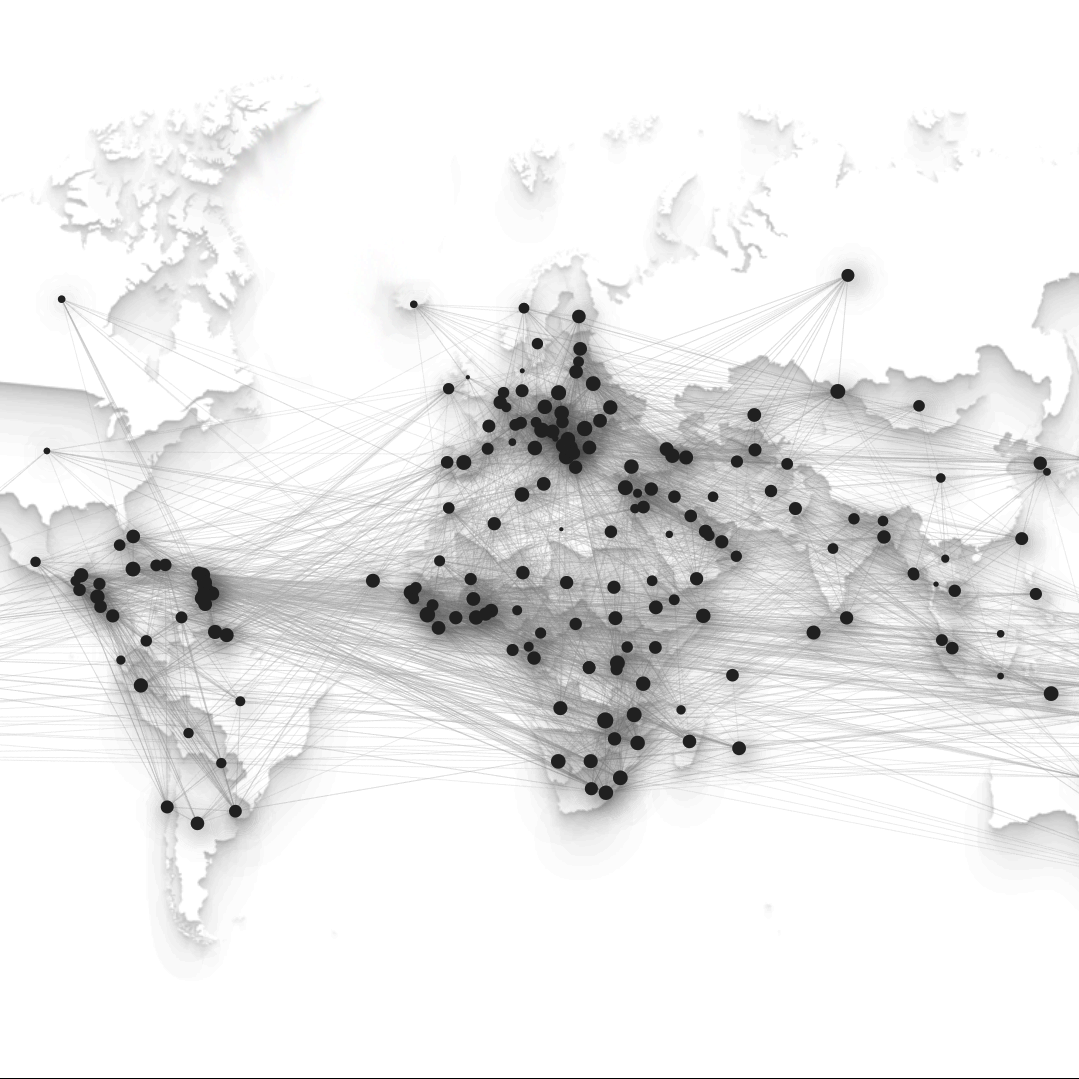Annabelle Timsit at Quartz: “To be a person in the modern world is to worry about your relationship with your phone. According to critics, smartphones are making us ill-mannered and sore-necked, dragging parents’ attention away from their kids, and destroying an entire generation.
But phones don’t have to be bad. With 4.68 billion people forecast to become mobile phone users by 2019, nonprofits and social science researchers are exploring new ways to turn our love of screens into a force for good. One increasingly popular option: Using texting to help change human behavior.
Texting: A unique tool
The short message service (SMS) was invented in the late 1980s, and the first text message was sent in 1992. (Engineer Neil Papworth sent “merry Christmas” to then-Vodafone director Richard Jarvis.) In the decades since, texting has emerged as the preferred communication method for many, and in particular younger generations. While that kind of habit-forming can be problematic—47% of US smartphone users say they “couldn’t live without” the device—our attachment to our phones also makes text-based programs a good way to encourage people to make better choices.
“Texting, because it’s anchored in mobile phones, has the ability to be with you all the time, and that gives us an enormous flexibility on precision,” says Todd Rose, director of the Mind, Brain, & Education Program at the Harvard Graduate School of Education. “When people lead busy lives, they need timely, targeted, actionable information.”
And who is busier than a parent? Text-based programs can help current or would-be moms and dads with everything from medication pickup to childhood development. Text4Baby, for example, messages pregnant women and young moms with health information and reminders about upcoming doctor visits. Vroom, an app for building babies’ brains, sends parents research-based prompts to help them build positive relationships with their children (for example, by suggesting they ask toddlers to describe how they’re feeling based on the weather). Muse, an AI-powered app, uses machine learning and big data to try and help parents raise creative, motivated, emotionally intelligent kids. As Jenny Anderson writes in Quartz: “There is ample evidence that we can modify parents’ behavior through technological nudges.”
Research suggests text-based programs may also be helpful in supporting young children’s academic and cognitive development. …Texts aren’t just being used to help out parents. Non-governmental organizations (NGOs) have also used them to encourage civic participation in kids and young adults. Open Progress, for example, has an all-volunteer community called “text troop” that messages young adults across the US, reminding them to register to vote and helping them find their polling location.
Text-based programs are also useful in the field of nutrition, where private companies and public-health organizations have embraced them as a way to give advice on healthy eating and weight loss. The National Cancer Institute runs a text-based program called SmokefreeTXT that sends US adults between three and five messages per day for up to eight weeks, to help them quit smoking.
Texting programs can be a good way to nudge people toward improving their mental health, too. Crisis Text Line, for example, was the first national 24/7 crisis-intervention hotline to conduct counseling conversations entirely over text…(More).


